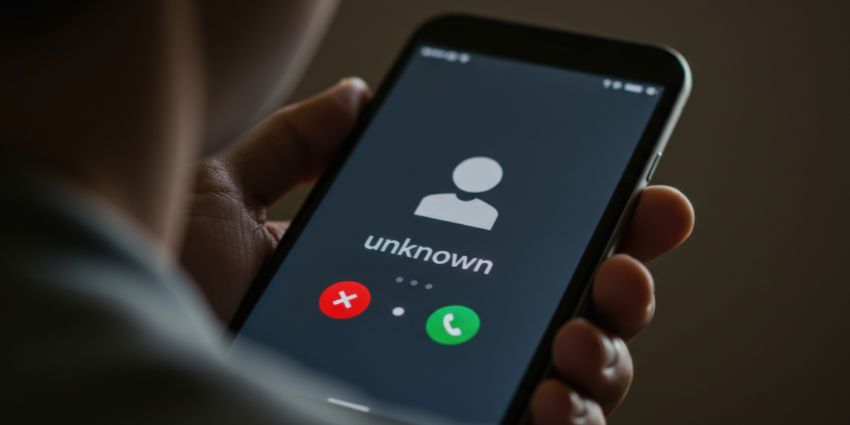In a tentative time for the future of voice, one study shows that scams are contributing to its decline.
Financial services company Transaction Network Services (TNS) published a study this week that showed 72 percent of Americans do not answer phone calls from numbers they don’t recognize.
The study, which commissioned a Kantar survey of 1,033 US adults, shows “an erosion of trust in voice calling” for a range of reasons, from scam calls to AI deepfakes and robocalls.
Voice’s Trust Problems
Voice’s trust problems are unfortunately an issue that has grown out of current times.
However, as the TNS study shows, its cause is multifaceted.
“Firstly, great progress has been made in reducing the rate of other types of fraudulent activity, such as via mail, meaning that scammers have adapted their behavior,”
Tracey Wright, Chair of Comms Council UK, told UC Today.
Equally, technology has played a significant role in this shift.
“Advancing technologies mean that fraudsters have been able to broaden their geographical and technological reach, all at a lower cost,” she added.
Consumers who have received or know someone who has received an AI-generated deepfake robocall tallied at 63 percent.
A staggering 74 percent of consumers observed an increase in robocall scams claiming to be from a financial services provider, with more than half-65 percent of consumers-saying they have received at least one health insurance robocall scam during the 2024-25 open enrollment period.
And 43 percent of adults in the United States say they filed a robocall complaint in the last year-a figure that’s risen from 28 percent in 2023.
Yet the study also showed hope for voice.
Voice calls were named the preferred method of customer engagement, with 64 percent of consumers remarking they favor engaging with their financial services provider via a phone call over other methods.
TNS’ Maurie Munro, Vice President of Enterprise Sales, said the survey’s data reveals an important narrative for the channel.
“First, despite the erosion of trust in voice communications due to scams and unwanted robocalls, it is clear that consumers still prefer voice to engage with brands in high-touch industries,”
he said.
Munro went on to say, “The significance of the voice channel highlights a clear opportunity for channel partners to help enterprises modernize their outbound engagement strategies beyond existing contact-center-as-a-service (CCaaS) and CPaaS platforms to boost call performance and strengthen customer trust-and provide a critical complement to inbound offerings.”
Around 78 percent of Americans shared that they are more likely to answer a call if it displays a recognizable brand’s name and logo, and 77 percent of consumers said using branded calling solutions would help them feel more protected.
The TNS study also found that 75 percent of consumers have missed calls from unknown numbers they would have answered had they known who was calling them.
Equally, the industry is actively developing solutions using the STIR/SHAKEN framework for caller verification.
Implemented by UCaaS providers like RingCentral, it uses AI to predict whether an inbound call is spam based on analysis of the number.
Such is the scope of the issue, Wright believes the issue has to be tackled across industries.
“Our industry is under significant pressure to tackle fraud, but this is a huge challenge and one that cannot be tackled by the telecoms sector alone,” Wright explained.
“We call upon the government, the regulators, and other sectors to come together to help us improve data sharing so that the telecoms industry can act faster to detect, prevent, and report fraudulent activity.”
Troubling Times for Voice
Voice is going through a troubling time as of late.
Not only is trust affecting it as in the example above, but so are the changing behaviors of new generations.
Sky has announced plans to cut 2,000 jobs at its customer service centers and close three of its UK contact centers.
This move is motivated by the company expecting its calls to drop from 25 million to 17 million annually in the next few years.







